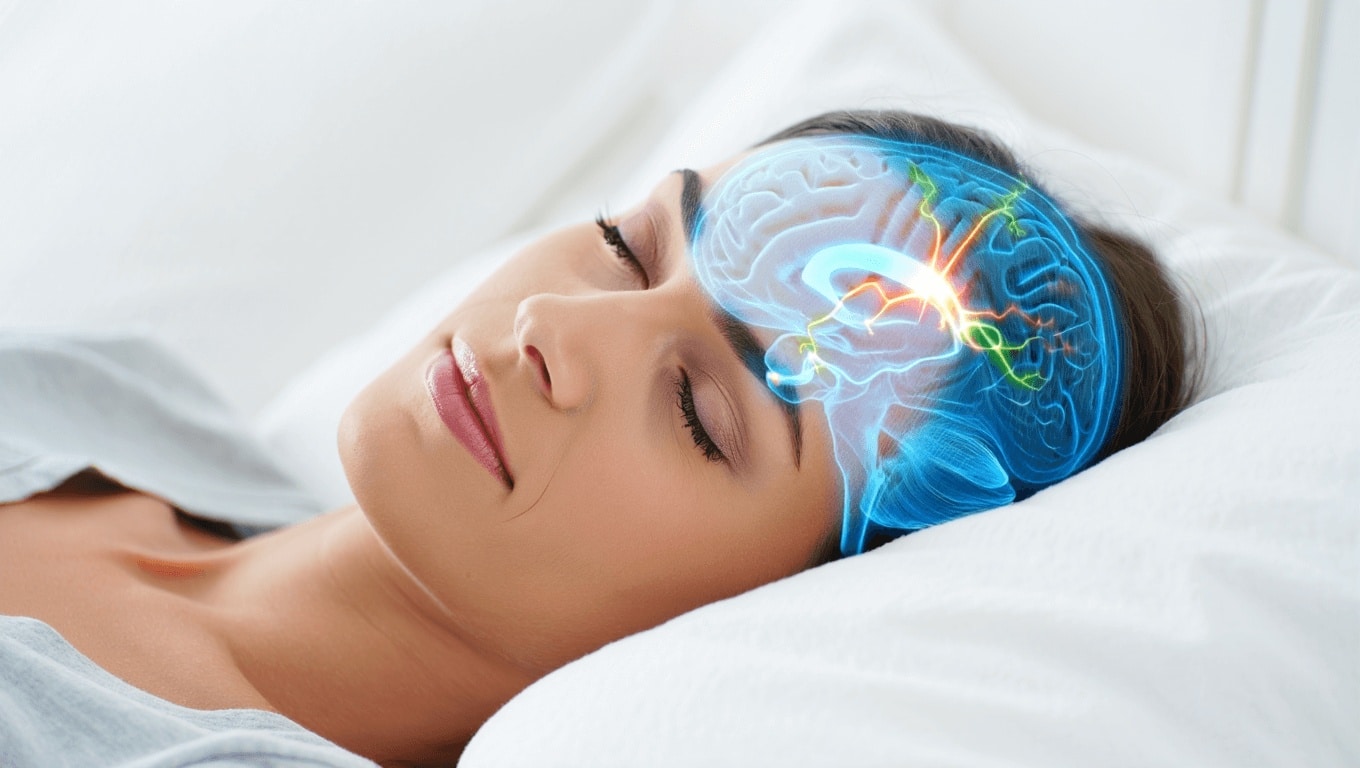In a groundbreaking international study, scientists have unveiled new insights into the intricacies of human dreams, challenging long-held beliefs about when and how they occur. Spearheaded by researchers from Monash University in Australia, the study amassed data from over 2,600 brain activity recordings from participants across 13 countries. This extensive research has led to the significant discovery that dreams can happen beyond the well-known REM (Rapid Eye Movement) sleep stage, occurring also during other distinct neurophysiological sleep stages.
The New Understanding of NREM Sleep and Dreams
Taylor Swift Blake Lively friendship officially ends after 10 years, no contact since Dec
Super bowl halftime show 2026 sparks outrage as NFL stands firm on Bad Bunny
Traditionally, REM sleep has been viewed as the primary stage for vivid dreaming due to its high cortical activity and rapid eye movements. However, the DREAM database analysis contradicts this notion, showing that dreams can also emerge during the NREM (Non-Rapid Eye Movement) sleep stage. This stage is typically associated with deeper, more restful periods of sleep.
Key findings suggest that during NREM, the brain’s electrical activity closely resembles that of wakefulness rather than deep sleep. This phenomenon suggests a state of “partial wakefulness,” redefining the boundaries between sleep and consciousness. This revelation not only expands our understanding of when dreams occur but also challenges the traditional demarcation between being asleep and awake.
Artificial Intelligence Enhances Sleep Science
Wednesday season 3 renewed: Netflix confirms Jenna Ortega returns in 2027
Taylor Swift and Blake Lively’s friendship permanently ends after 10 years, no contact since Dec 2024
The scale and diversity of data within the DREAM database have enabled scientists to employ artificial intelligence algorithms in a novel manner. These algorithms can predict when a person is dreaming and pinpoint the specific sleep phase without relying on subjective accounts. This methodological advancement bolsters the scientific approach to studying dreams and paves the way for more objective clinical diagnostics.
Conditions such as sleepwalking and other parasomnias, where consciousness and behavior are distorted, could benefit greatly from this approach. It allows for the observation of mental activity during sleep without solely depending on verbal recall.
Global Collaboration Fuels Advances
The DREAM initiative integrates research from various laboratories worldwide, enhancing the robustness of the data by reducing biases and allowing for comparisons across diverse subjects and conditions. This collaborative effort involved 505 participants across 20 different studies, providing a rich dataset that is invaluable for cognitive psychology, clinical neurology, and consciousness studies.
Implications for Future Research and Diagnosis
The development of this extensive database is reshaping traditional models of dream occurrence and prompting new questions about consciousness during sleep. Researchers hope that the DREAM database will facilitate the early identification of patterns and pathologies associated with altered states of consciousness.
Moreover, this research could inspire new tools for exploring subjective mental experiences from a more quantifiable perspective. As brain recording technologies and international collaborative analyses continue to evolve, scientists are optimistic about reliably determining when and how consciousness “switches on” within the sleeping brain. This could lead to significant advancements in understanding human consciousness and developing new diagnostic tools for sleep-related disorders.
Similar posts:
- James Webb Confirms Our Understanding of the Universe May Be Flawed
- Can dogs get addicted to their toys: What pet owners must know
- 3I/ATLAS sparks alien speculation as ‘Black Swan’ comet reaches closest point to Sun Oct 29
- Paranthropus boisei: Did this hominid also use tools like humans?
- Baba Vanga’s alien prophecy ignites global debate as mysterious comet 3I/ATLAS approaches Earth in November

Daniel Harris is a specialist journalist focused on the crossroads of breaking news, extraordinary history, and enduring legends. With a background in historical research and storytelling, he blends timely reporting with timeless narratives, making complex events and ancient myths resonate with today’s readers. Daniel’s work often uncovers surprising links between present-day headlines and legendary tales, offering unique perspectives that captivate diverse audiences. Beyond reporting, he is passionate about preserving oral traditions and exploring how extraordinary stories continue to shape culture and identity.

